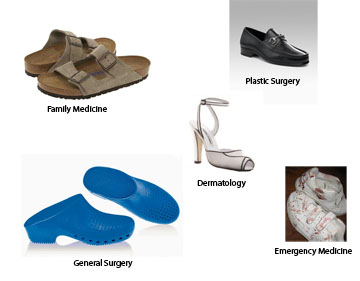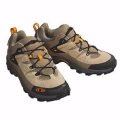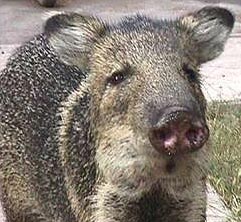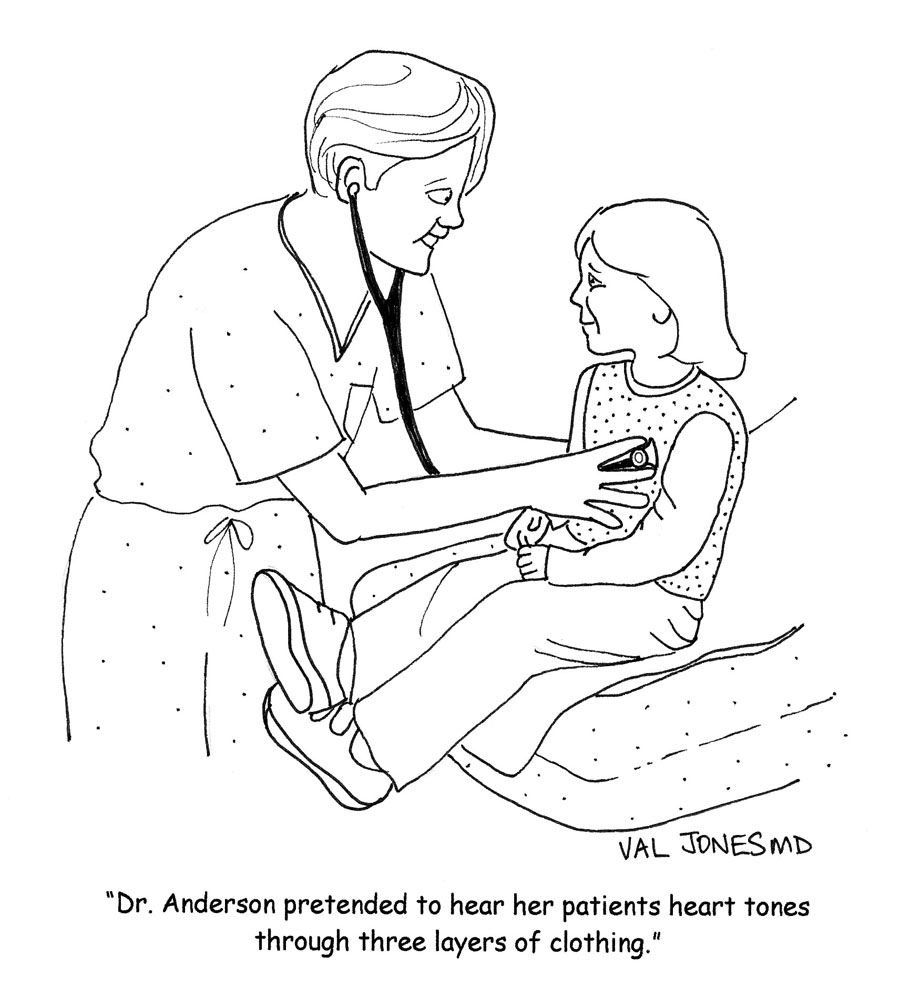April 26th, 2009 by Dr. Val Jones in Humor, Medblogger Shout Outs
2 Comments »

This post is republished from Paul Levy’s blog. Please feel free to repost and distribute to raise awareness of those who do not enjoy free speech:
Thanks to T at Notes of an Anesthesioboist for getting this going, a group of bloggers is holding a blog rally in support of Roxana Saberi, who is spending her birthday on a hunger strike in Tehran’s Evin Prison, where she has been incarcerated for espionage. According to NPR, “The Iranian Political Prisoners Association lists hundreds of people whose names you would be even less likely to recognize: students, bloggers, dissidents, and others who, in a society that lacks a free press, dare to practice free expression.”
Hearing reports like these has prompted us to do a ribbon campaign. Blue for blogging.
Please consider placing a blue ribbon on your blog or website this week in honor of the journalists, bloggers, students, and writers who are imprisoned in Evin Prison, nicknamed “Evin University,” and other prisons around the world, for speaking and writing down their thoughts. Also, please ask others to join our blog rally
April 26th, 2009 by Dr. Val Jones in True Stories
3 Comments »
 A surgeon friend of mine recently told me a story about a little girl who wandered into the territory of some pit bulls. These dogs were tied up with leashes in the neighbor’s back yard – specifically because they couldn’t be trusted to run loose near children. Tragically, the two year old wandered within their grasp after slipping through a protective kiddie gate and out of the house.
A surgeon friend of mine recently told me a story about a little girl who wandered into the territory of some pit bulls. These dogs were tied up with leashes in the neighbor’s back yard – specifically because they couldn’t be trusted to run loose near children. Tragically, the two year old wandered within their grasp after slipping through a protective kiddie gate and out of the house.
The dogs attacked her viciously, dragging her deeper within their territory and attempted to eat her alive. They tore off both her ears and shredded her chest and limbs. By the time she was discovered she was near death. The girl was rushed to the nearest trauma center – where my friend took her to the OR immediately. He spent the entire night putting the pieces back together, as it were.
A couple of days later, my astute friend noticed her having problems turning her head towards her mothers’ spoon during meal times. That observation triggered him to test her vision – and low and behold the girl was completely blind. A brain CT confirmed the clinical team’s worst fears: at some point during her resuscitation, the girl had a massive stroke, and her entire occipital lobe (the back of the brain) was damaged.
Wondering if there was anything he could do to help the girl, and devastated by what he assumed was a grave prognosis (a lifetime of blindness), my friend called a neuro-ophthalmologist for advice. Much to his amazement, the neurologist told him that her visual deficits were likely to resolve completely, because her brain would simply adapt. Children at very young ages can recover from otherwise devastating strokes because of neuroplasticity – the ability of the brain to rewire itself, and recruit healthy neurons to take over for damaged tissue.
True to the neurologist’s predictions, the little girl regained her site within a year. Fortunately, her body healed extremely well too – and despite thousands of stitches, her scarring turned out to be quite minimal. Today it’s hard to tell that she’s had surgery at all.
This story holds special interest to me, as I too was mauled by a dog when I was a little girl. Although I was bitten in the face, and nearly lost my left eye, I can’t remember the last person who noticed my scars or asked about them. They simply faded with time.
The extraordinary healing powers of young tissue cannot be matched in adulthood. However, some degree of neuroplasticity lives on in each of us, offering hope for brain rehabilitation for everyone – from the forgetful to those with major impairments.
Whether you (or a loved one) have internal or external scars – healing is always possible.
April 24th, 2009 by Dr. Val Jones in Humor
No Comments »

I’m currently at a medical conference for my specialty, Physical Medicine and Rehabilitation. I happened to look around at everyone’s shoes and realized that many medical specialties can probably be identified by the types of shoes they wear. Check out the footwear at your next conference and tell me if I’m on to something. And by the way, this is more or less what rehab docs wear on their feet:

April 19th, 2009 by Dr. Val Jones in Health Policy, News
7 Comments »
I just got back from a blog workshop at the Canyon Ranch Institute in Tucson, co-led by yours truly and the lovely and charming Kerri Morrone Sparling of SixUntilMe. We had a wonderful time with the locals, acquainting them with social media terminology, and teaching them how to blog and Tweet. We were also immersed in their culture, which largely meant that I lectured (for the first time in my physician career) in yoga pants, and enjoyed small portions of food rich in fruits and vegetables.

A Javelina
Despite the arid, inhospitable environment, the Arizona desert is teeming with life. Quail, rabbits, lizards, javelinas, humming birds and woodpeckers, bob cats and coyotes – all roam around freely near adobe homes nestled between flowering cacti. The extraordinary liveliness of the desert takes the casual visitor by surprise, and the variety of scrubby plants, aloes, and cacti of every imaginable shape, size, and pricklyness is a horticulturalist’s dream.
Since I was on east coast time, I was willing to participate in the 6:30am speed walks in the desert each morning. The lovely landscape inspired reflectiveness in the walkers, though I was somewhat distracted by the roaming hoard of javelinas (very large peccaries who resemble wild boars, smell like skunks, are virtually blind, and live to eat flowering plants). The javelinas had new babies with them – described by one Canyon Rancher as “footballs with legs.”
In between workshop lectures, Kerri and I were treated to some spa services – (regular readers know that I’m a huge fan of massages) which were welcome respites from our very busy work lives. But best of all, we got to spend some time with Dr. Richard Carmona (who attended our workshop), and we discussed how social media could be the key to inspiring behavior modification in Americans who need to eat more healthily and get more exercise.
As beautiful as the Canyon Ranch is, the healthy lifestyle it promotes won’t reach beyond its own walls if they don’t engage people in ways that fit their budgets and time constraints. Now that 70% of Internet users are engaged in social media, and Facebook, Twitter, blogs, and online support groups are growing exponentially, there’s never been a better time to find ways to reach people with disease prevention messages and strategies. As Washington gears up to support preventive health initiatives as part of healthcare reform, innovative non-profits like the Canyon Ranch Institute can play an important role in helping us get America back on track in terms of weight management and fitness. Online communities like SparkPeople or the Canyon Ranch Institute could be one avenue for change.
Of course, if you can afford to vacation in Arizona, the place itself has a calming, therapeutic effect. If that’s not in the cards for you, you can still emulate the lifestyle in your own javelina-free environment. As I take my regular walks back in DC, I’ll be sure to remember those cute little footballs with legs, and wear yoga pants as often as possible during future lectures (if the NIH looks at me quizzically next month during my NLM presentation, I’ll just blame Rich Carmona).















